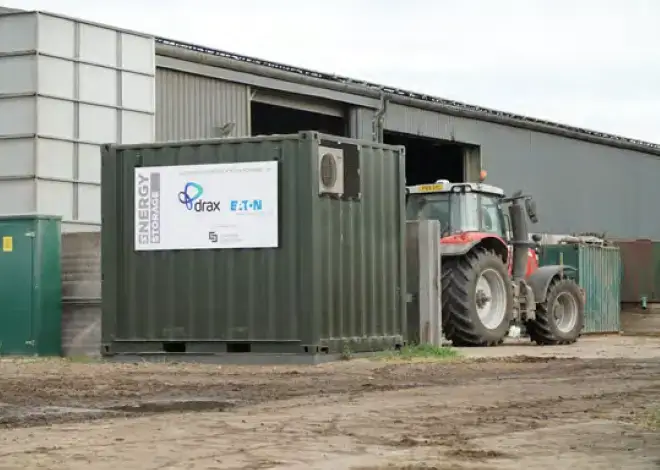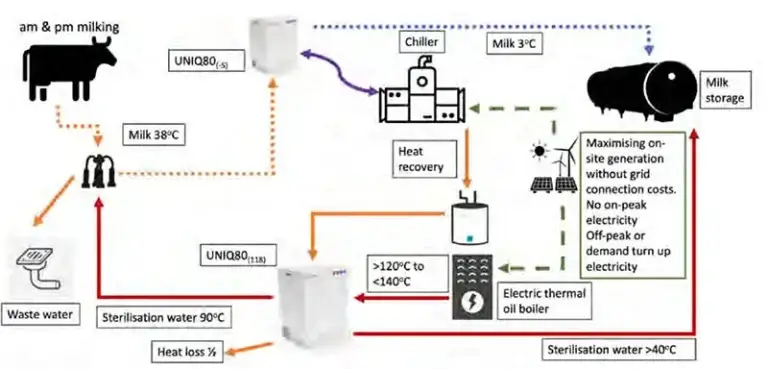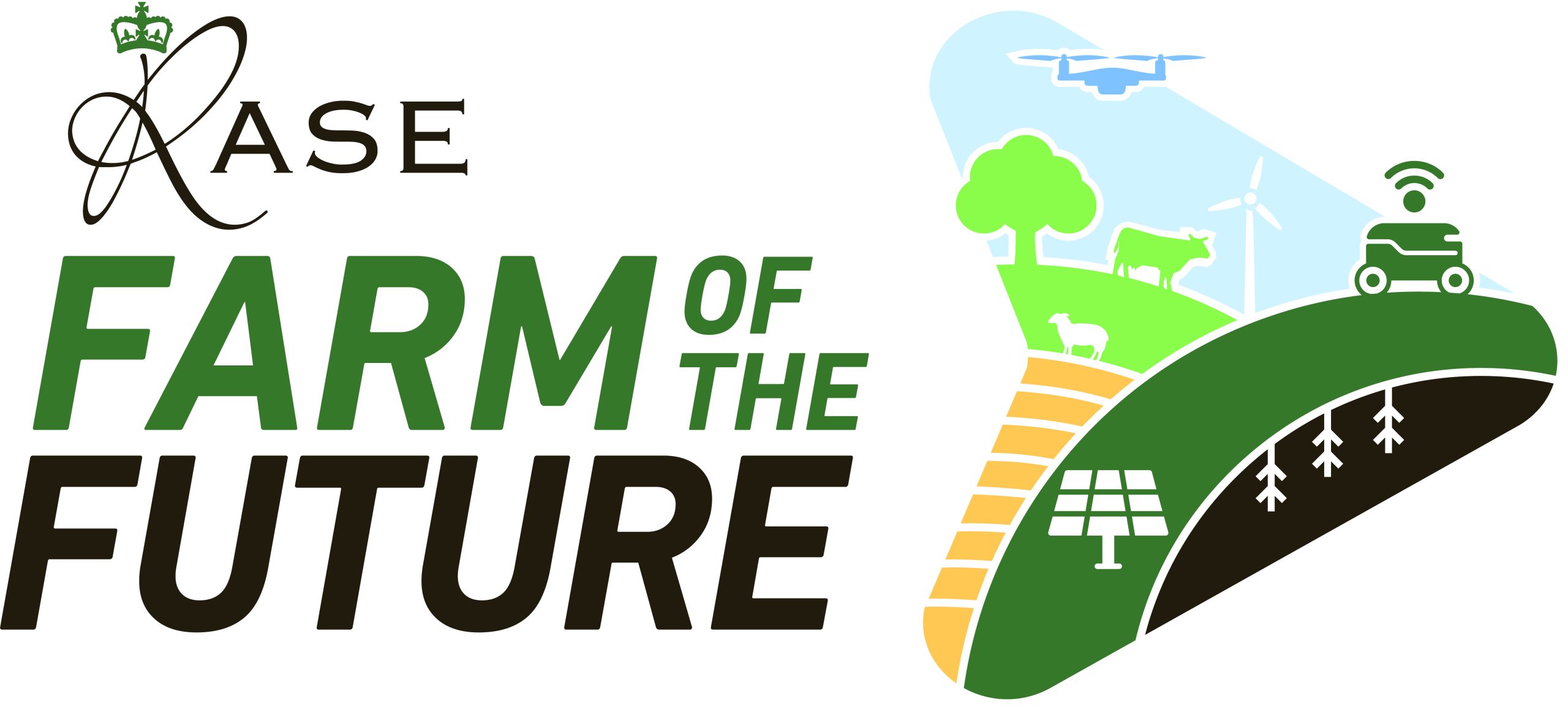by Frank Gordon, Director of Policy, Renewable Energy Association
Energy storage (ES) technologies offer great potential for supporting renewable energy and the UK’s energy system. In 2014 the (then) Department for Business, Innovation and Skills (BIS) named storage as one of ‘eight great technologies the UK can be world leaders in’.
Good progress has been made but more research, development and commercialisation is needed to reach this potential. ES technologies can absorb and release energy when required and provide ancillary power services which help benefit the power system. The storage industry can therefore deliver tremendous benefits for power system stability and security of supply, as well as helping to decarbonise UK energy supplies.
Storage technologies offer flexibility during times of fluctuating energy generation from wind and solar, and demand (daily and seasonal). This makes energy storage technologies an important part of a low carbon network.
In addition, there are significant economic benefits – the landmark National Infrastructure Commission Report ‘Smart Power’ projected a possible £8 billion saving to the UK per year by 2030 if storage and flexibility measures are introduced on a large scale. This also highlights the role of energy storage as one of a range of measures for increasing flexibility.
Storage can help deliver the low carbon energy the country needs and it is therefore vitally important that it is appropriately incentivised and supported.
Deployment of storage technologies
Storage technologies can be deployed at different scales on a distributed (i.e. ‘local’) and/or centralised basis. The development of energy storage technologies varies across the industry. While some are quite mature, others are still in their development stages. There is significant investment in energy storage around the globe and the UK is now in something of a technology and deployment race.
For the energy storage industry to develop rapidly and the UK to gain the huge benefits possible as a result, the Government, grid operators, industry, the manufacturing supply chain and stakeholders need to work together to take action to support it.
On farms, battery energy storage can be installed in a range of settings from barns to standalone containerised units and can be used to store excess electricity generated renewably on site for use later – to avoid buying costly power at a later date – or to use directly as a source of power (e.g. produce drying, lighting, heating) and charging electric vehicles.
This has become even more important as the UK’s energy system has decentralised and ‘Time of Use Tariffs’ have become more common. Such tariffs (much like sophisticated Economy 7 tariffs) will reward those able to shift when they draw electricity from the grid. This provides a commercial incentive to store electricity. It is also possible to use some (but not all) energy storage systems to provide uninterrupted power supply systems (UPS) in the event of power cuts – as frequently happens on more isolated farms and rural communities.

On-farm battery storage. © Photo: Eaton
Energy storage costs are falling rapidly, with Bloomberg NEF citing a 40% year-on-year drop in battery storage system costs between 2023 and 2024. Costs are expected to fall further over the next decade – driven to a large extent by the market growth of electric vehicles.
Future demands from heat pump installations are predicted to drive demand for both electrical and thermal storage. Scottish technology company Sunamp provide such thermal storage technology using phase change material.
Case study
Sunamp thermal storage
Scottish company, Sunamp use ‘Phase Change Materials’ in thermal stores for waste heat and cooling applications, heat and cooling networks and renewable energy applications. Their thermal storage units can operate from -30oC to 285oC and range from briefcase to shipping container size to provide heating, cooling and hot water provision on demand.
Dairy farms across the globe have a hot water and chilling requirement for milk processing. In most cases, this requirement is provided from electricity via an electric hot water cylinder and electric powered chiller supplied from the grid at on-peak electricity rates.
Dairy farms can use Sunamp’s thermal storage in conjunction with either off-peak or time of use/ flexibility tariffs and/or embedded renewable generation to provide revenue savings to the farmer and low carbon emissions, which could provide the farm business with positive branding opportunities.
Dairy farms have typically large energy demand peak requirements, inter-spaced with long periods of low energy demand consumption. This lends itself well to the use of energy storage and embedded on-site generation systems. The proposed solutions aim to provide long-life resilience and decoupling from reliance on grid electricity, thereby stabilising dairy farm energy costs for decades into the future. The technology proposed is reliable with multi-decade lifespans.

Simplified solution using Sunamp’s thermal storage
A simplified solution using Sunamp’s thermal storage is set out below.
The key points of the proposed on-farm application are:
- The storage is sized to meet the peak milking demands
- Any existing surplus embedded renewable electricity generation is routed to charging the UNIQ80(-5) or UNIQ80(118) battery
- New embedded generation is installed, but without a grid connection (thereby saving that cost) and connected directly to the electric boiler and chiller to charge the battery. A DC connection could also be explored as potentially this could offer further savings
- The dairy farmer is encouraged to move to a flexible off-peak/time of use tariff linked to electricity grid demand. For example, there is significant grid constraint in Scotland and shifting the site’s electrical demand is valued in these circumstances
